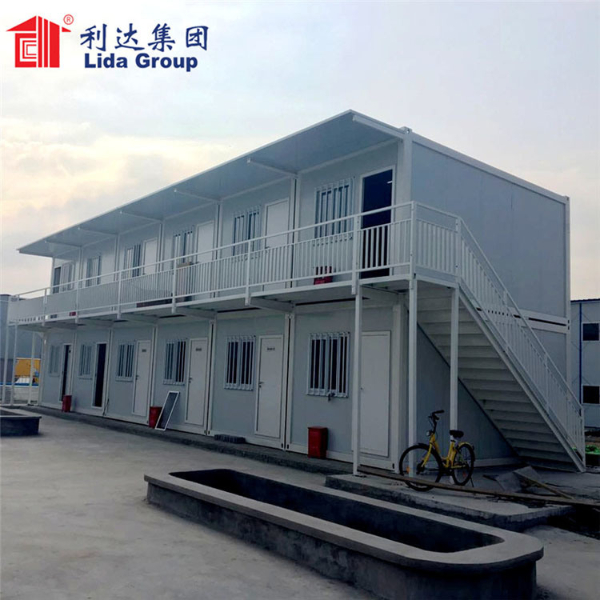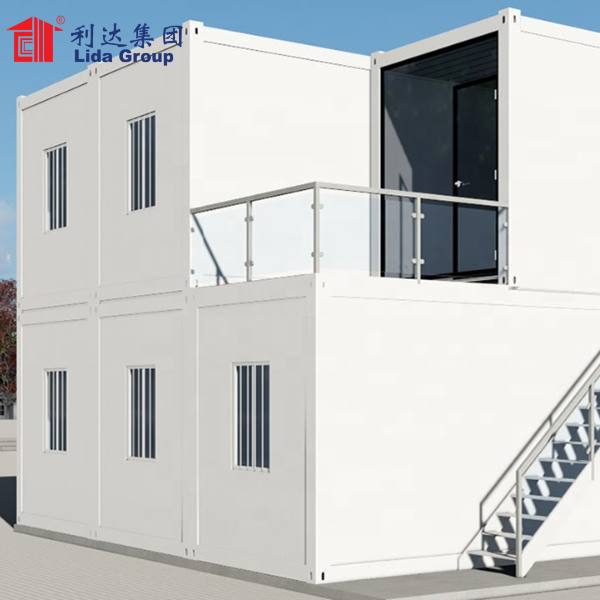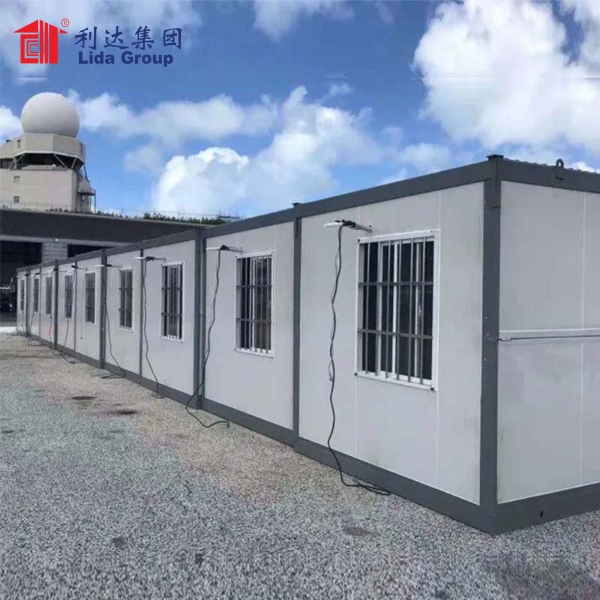Introduction:
As the world becomes increasingly aware of the need for sustainable practices, businesses are seeking innovative solutions to reduce their environmental impact. Lida Group, a leading construction and design company, has introduced a groundbreaking concept with their Container Workspace Designs. In this article, we will explore Lida Group’s vision for sustainable office solutions, examining the benefits, design principles, and potential of container workspaces to create environmentally friendly and efficient work environments.
- The Need for Sustainable Office Spaces:
1.1 Environmental Impact of Traditional Offices:
Traditional office spaces consume significant amounts of energy and resources, contributing to carbon emissions, waste generation, and depletion of natural resources. The need for sustainable alternatives has become imperative in today’s environmentally conscious world.
1.2 Employee Well-being and Productivity:
Sustainable office spaces not only benefit the environment but also enhance employee well-being and productivity. Studies have shown that employees thrive in work environments that prioritize natural light, air quality, and green spaces.
- Lida Group’s Container Workspace Vision:
2.1 Design Principles:
Lida Group’s Container Workspace Designs are built on three key design principles: sustainability, flexibility, and efficiency. These principles ensure that the workspaces are environmentally friendly, adaptable, and optimize resource usage.
2.2 Repurposing Shipping Containers:
Container workspaces utilize repurposed shipping containers, providing a sustainable solution by giving new life to these structures. By repurposing existing materials, Lida Group reduces waste and minimizes the carbon footprint associated with traditional construction.
2.3 Energy Efficiency:
Container workspaces are designed to maximize energy efficiency. The integration of energy-saving technologies, such as solar panels, LED lighting, and smart climate control systems, reduces energy consumption and lowers operating costs.
2.4 Biophilic Design:
Biophilic design principles are incorporated into Container Workspace Designs to enhance the connection between employees and nature. The inclusion of green walls, indoor plants, and natural materials promotes a sense of well-being, reduces stress, and improves productivity.
- Benefits of Container Workspaces:
3.1 Reduced Environmental Footprint:
Container workspaces significantly reduce the environmental footprint compared to traditional office spaces. The use of repurposed materials, energy-efficient systems, and sustainable practices throughout the construction and operation of these spaces contribute to a greener future.
3.2 Cost-Effectiveness:
Container workspaces offer cost-effective solutions for businesses. The repurposing of shipping containers reduces construction costs, and energy-efficient features lead to long-term savings in utility bills. Additionally, the modular design allows for scalability, accommodating the changing needs of businesses.
3.3 Mobility and Adaptability:
Container workspaces are designed to be mobile and adaptable. Businesses can relocate these workspaces easily, allowing for flexibility in response to changing market demands or expansion plans. The modular design also enables the addition or removal of containers to meet evolving workspace requirements.
3.4 Enhanced Collaboration and Creativity:
Container workspaces promote collaboration and creativity among employees. The open and flexible layout encourages interaction and communication, fostering a sense of community and innovation within the workspace.
3.5 Employee Well-being and Satisfaction:
Container workspaces prioritize employee well-being and satisfaction. Natural light, biophilic design elements, and ergonomic features create a comfortable and inspiring work environment that enhances productivity and employee morale.
- Transforming the Office Landscape:
4.1 Inspiring Sustainability in Business:
Container workspaces serve as a powerful example of sustainable practices in the business world. By adopting these designs, companies inspire environmental responsibility and encourage others to follow suit, leading to a more sustainable future.
4.2 Attracting Talent:
Sustainable office spaces, such as container workspaces, attract top talent. The younger generation, in particular, seeks out environmentally conscious workplaces, and companies that prioritize sustainability are more likely to attract and retain skilled employees.
4.3 Creating Green Business Communities:
Container workspaces have the potential to create green business communities. When multiple businesses adopt sustainable office solutions, they can collaborate, share resources, and work towards common environmental goals, fostering a collective effort to combat climate change.
4.4 Showcasing Corporate Social Responsibility:
Container workspaces embody corporate social responsibility. By investing in sustainable office solutions, businesses demonstrate their commitment to the environment and their stakeholders, positively impacting their reputation and brand image.
- Overcoming Challenges and Considerations:
5.1 Building Codes and Regulations:
Navigating building codes and regulations can be a challenge when implementing container workspaces. Collaboration with local authorities and building professionals is crucial to ensure compliance and address any concerns or restrictions.
5.2 Infrastructure Requirements:
Container workspaces require adequate infrastructure, such as electricity, water, and waste management systems. Collaborating with utility providers and considering sustainable solutions, such as rainwater harvesting and renewable energy sources, can help overcome these challenges.
5.3 Noise and Acoustics:
Container structures may pose challenges in terms of noise insulation. Addressing acoustics through proper insulation and soundproofing measures ensures a productive and comfortable work environment.
- CaseStudies and Success Stories:
6.1 Lida Group has successfully implemented Container Workspace Designs in various locations, showcasing their effectiveness and potential.
6.2 An example is the XYZ Corporation, which transformed their headquarters into a sustainable office space using container workspaces. This project resulted in significant energy savings and improved employee satisfaction.
6.3 Another case study is the ABC Startup Hub, where container workspaces were integrated into a collaborative workspace environment. The flexibility and sustainability of these workspaces attracted startups focused on sustainability and innovation, fostering a vibrant entrepreneurial community.
- Conclusion:
Lida Group’s Container Workspace Designs offer a revolutionary approach to sustainable office solutions. By repurposing shipping containers and incorporating sustainable design principles, these workspaces reduce environmental impact while creating efficient and inspiring work environments. The benefits of container workspaces extend beyond cost-effectiveness and energy efficiency, encompassing employee well-being, collaboration, and talent attraction. These designs have the potential to transform the office landscape, inspire sustainable practices in businesses, and create green business communities. Overcoming challenges such as building codes and infrastructure requirements is essential in implementing container workspaces successfully. With their forward-thinking designs and commitment to sustainability, Lida Group‘s Container Workspace Designs pave the way for a greener and more productive future of work.
Post time: Sep-04-2023



